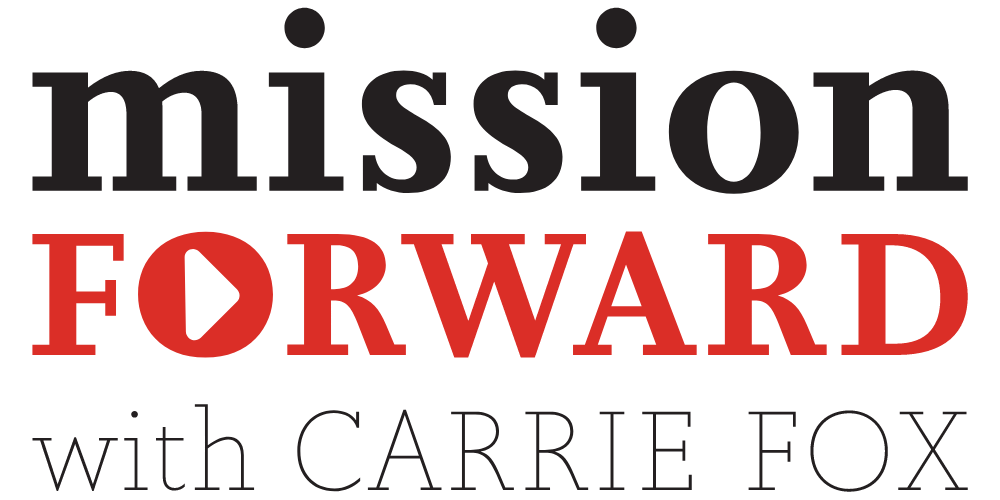Land the Plane • Finding the Words
About This Episode
In flying, the takeoff and the landing are critical to success. Everything in between is coasting. It matters in the sky, and it matters in our speech. In this week’s Finding the Words, Carrie Fox explores how landing the plane helps her, and the Mission Partners team, when it counts.
This is week 4, in the second year, of the Finding The Words column, a series published every Wednesday that delivers a dose of communication insights direct to your inbox. If you like what you read, we hope you’ll subscribe to ensure you receive this each week.
Like this episode? Read this article in our weekly Finding the Words column.
-
My dear friend and mentor Don Foley spent a good part of his career in the airline industry. Having served most notably as Vice President of Worldwide Corporate Communications for Northwest Airlines, he knows a thing or two about how airplanes work. And he certainly knows how critical the first few minutes and the last few minutes of any flight really are.
As Don likes to say, the takeoff and the landing are critical to success. Everything in between is coasting.
Don would use this wonderful analogy of an airplane taking off and landing in every one of the hundreds of media trainings that we did together, starting first when I was a junior associate at his firm, and then later when he joined C.Fox Communications as my partner in business—and even to this day as we continue to collaborate on media trainings together.
The takeoff and the landing. It matters in the sky, and it matters in our speech.
I lean on Don’s words (and Don!) often, as I did this week while guiding a few of my colleagues in the lead up to a big funder pitch. During their practice run, it became clear that the team had invested so much time and effort in preparing for this 60-minute presentation. Their slide deck was insightful and beautifully designed, with information on every program and every pillar of their strategy.
But when their practice run ended, one critical element was missing: they had spent so much time building the middle of their presentation that they had forgotten to land the plane. I couldn’t decipher which of the many points they made were the most important points, and I wasn’t clear where they wanted me to go from here.
So, we took a step back and mapped out together what the most important points of this presentation needed to be. The team landed on three clear points and saw how they could:
1. Takeoff more effectively with those key points.
2. Reference them again as section headers through the middle of the presentation.
3. And then call on them once more to summarize their content, make their ask, and more effectively land their plane.
A small change, really, with big impact.
That small change helped my colleagues focus in on their most important messages, and it can help you too. So, the next time you’re preparing to deliver a presentation, a pitch, or a big idea, be sure to practice your opening AND your closing in advance, so that you don’t leave your audiences confused in mid-air.
Bottom line: Whether we like it or not, much of what we say in the middle of our presentations or pitches may be lost on our audience’s ears. When we orient around the takeoff and landing, as Don says, we can start to see how important the opening and the closing of any presentation is to what our audiences hear, what our audiences remember, and ultimately what our audiences do with the information we’ve shared.
It comes down to how well you land the plane.
This is week 4, in the second year, of the Finding The Words column, a series published every Wednesday that delivers a dose of communication insights direct to your inbox. If you like what you read, we hope you’ll subscribe to ensure you receive this each week.

